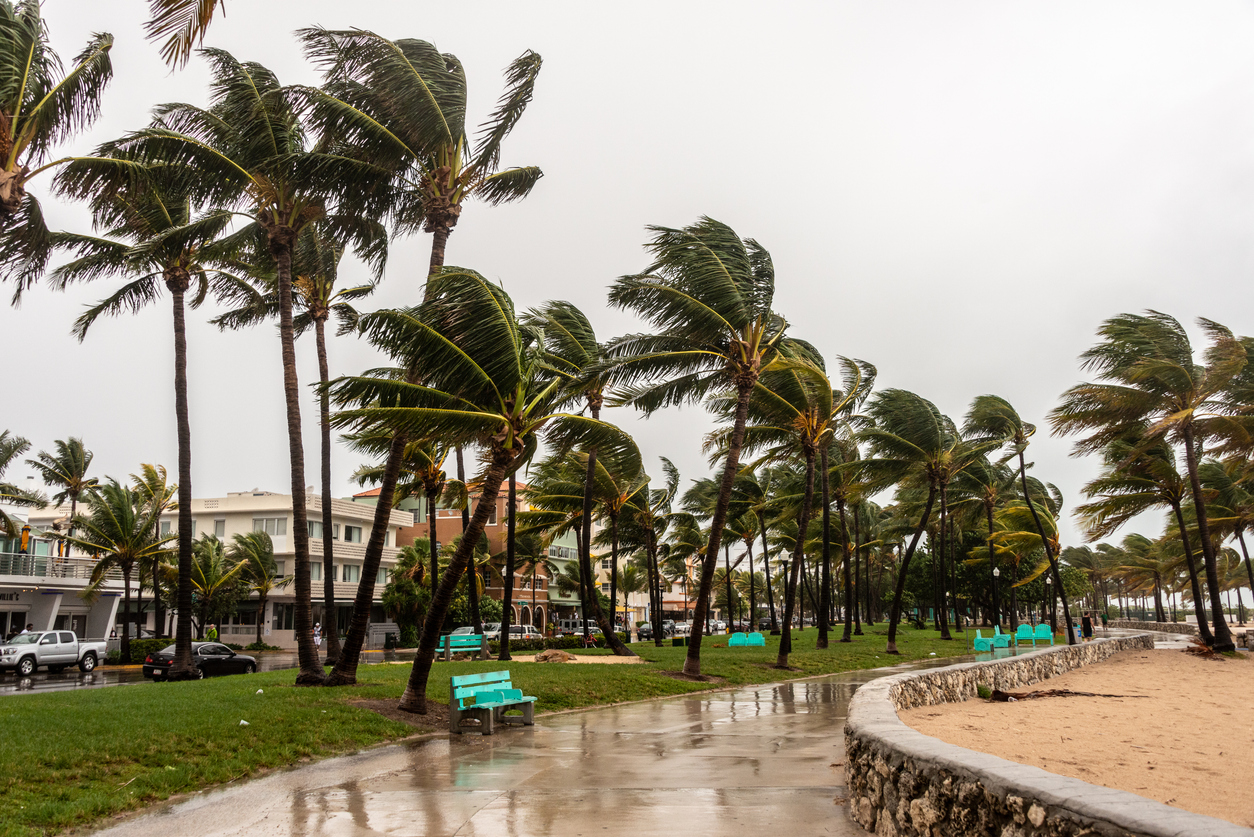Preliminary estimates from AccuWeather of the total damage and economic loss from a rare multi-day severe weather outbreak and widespread flooding in the central United States from April 2-6 are between $80 and $90 billion. The estimate includes damage to homes and businesses, disruptions to commerce and supply chain logistics, impacts to shipping operations at significant hubs, financial losses from extended power outages, major travel delays, and damage to infrastructure.
The Upcoming Hurricane Season
In addition, predictions for the upcoming Atlantic hurricane season are above normal, with 17 named storms, according to researchers at Colorado State University (CSU). Nine of the storms will reach hurricane strength, compared with the 7.2 average, and four will be major hurricanes, compared with 3.2, according to CSU. The report also concludes that the probability of at least one Category 3 or higher hurricane hitting the United States this year is 51%, compared with the 140-year average of 43%.
AccuWeather predicts between 13 and 18 storms and warns of hurricanes that can rapidly strengthen and lead to landfall. According to the forecaster, one of the most important elements influencing tropical development in 2025 is the warm water available to fuel storms. Water temperatures across the ocean and in the Gulf and Caribbean are already significantly higher than historical averages, and they will remain warm for the majority of the year. “This will prime storms for explosive development.”
Plan Ahead
With continued severe storms hitting the U.S. and forecasters predicting an above-average hurricane season from June 1 through November 1, businesses must revisit their disaster preparedness and business continuity plans. Well-developed plans protect physical assets, minimize downtime, safeguard employees, and ensure that a company can continue serving customers even in the face of disruption.
A strong disaster and continuity plan should include clear property risk-mitigation measures, emergency response procedures, employee communication protocols, and evacuation routes. The plan should also address IT/data backup systems, contact lists for key vendors and clients, and steps for relocating or resuming operations off-site.
Risk-mitigation measures include securing the building exterior, protecting electrical systems and sensitive equipment with surge protectors and backup power solutions like generators, elevating critical equipment, and keeping updated inventories and photographs of equipment, furnishings, and inventory to streamline claims in the event of damage. In a future article, we will provide a more extensive list of measures businesses should take.
Property, Business Interruption, and Flood insurance should be reviewed to ensure limits and exclusions align with current risk exposure. By planning ahead and stress-testing a business’s response strategies, it can stay resilient in the face of the unexpected and recover more quickly once the storm has passed.
About Seneca Insurance Company
Seneca Insurance Company is known for its broad appetite for writing property risks. We offer admitted and non-admitted ISO-based policies, with catastrophe perils based on location and risk characteristics.

